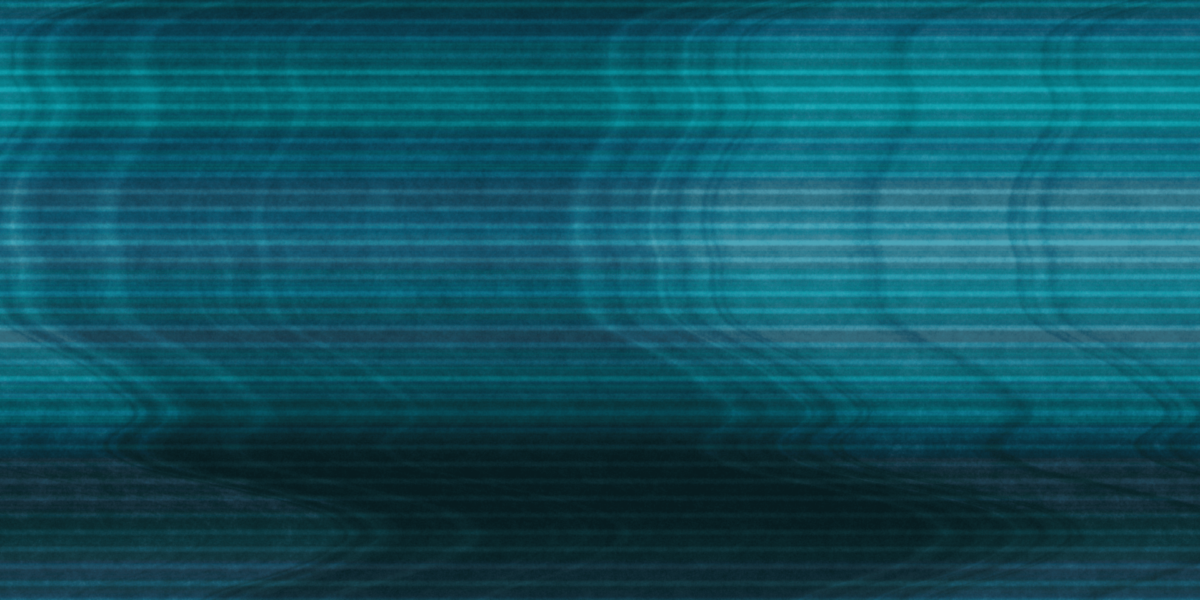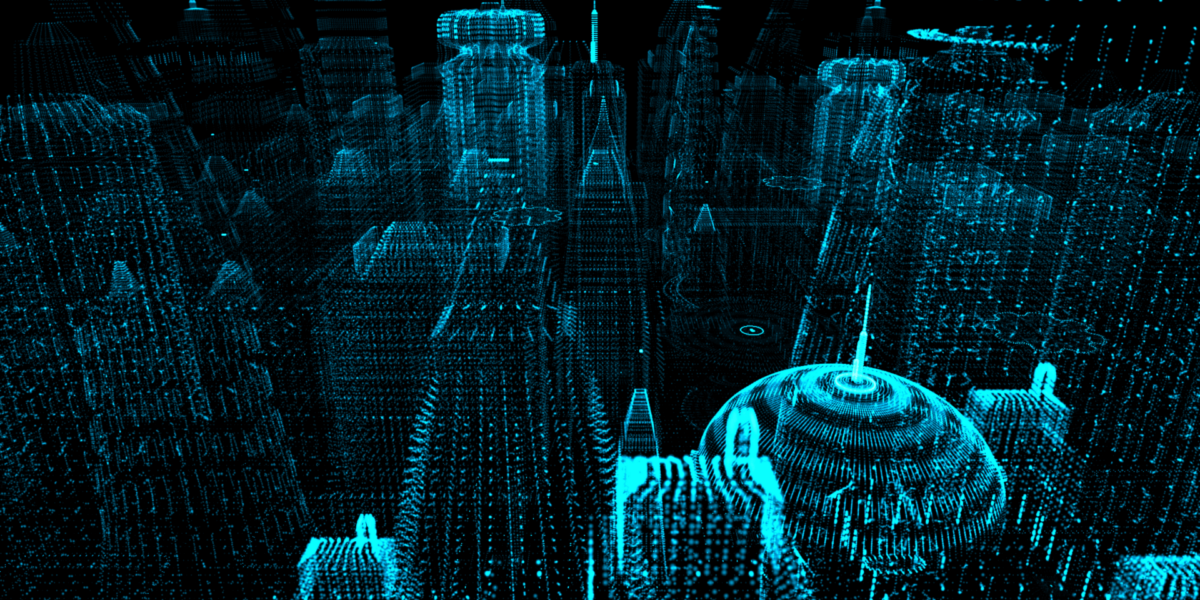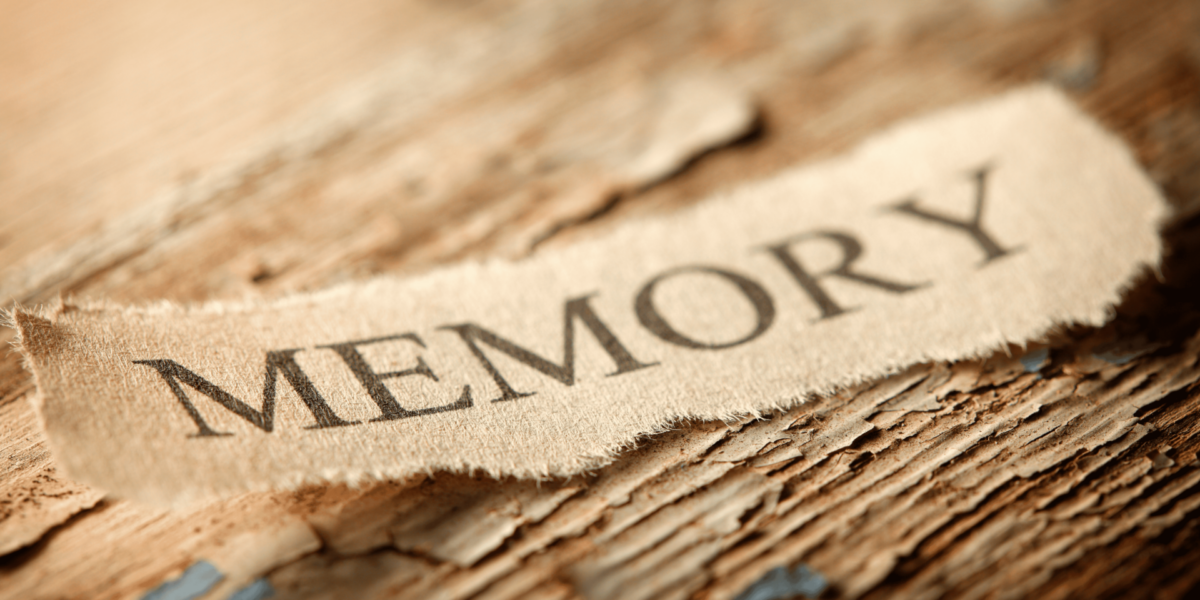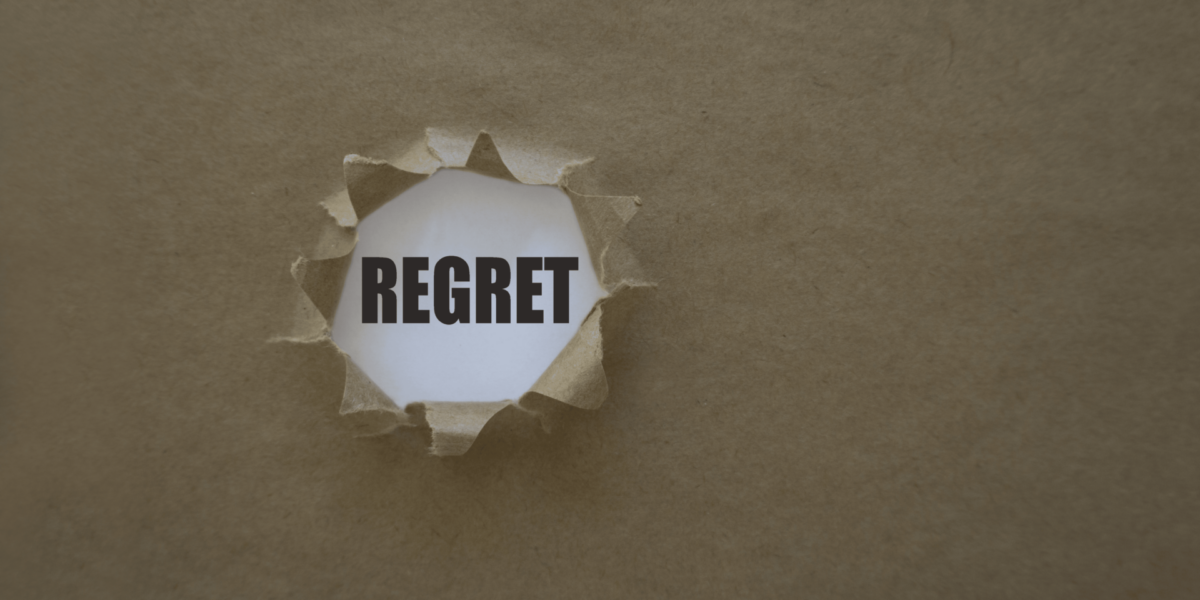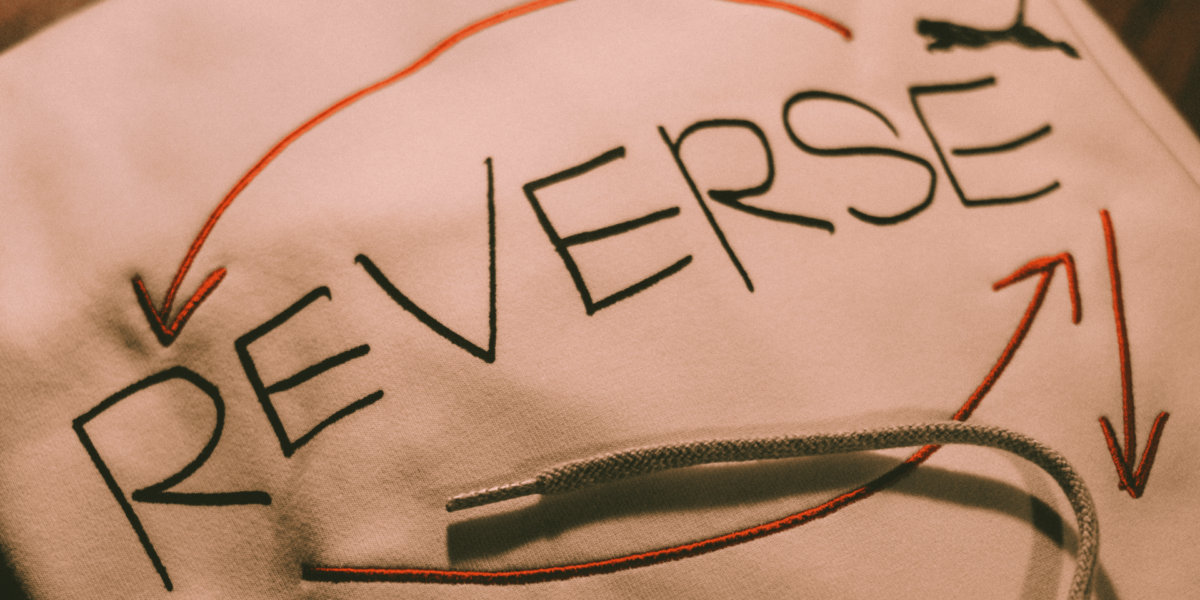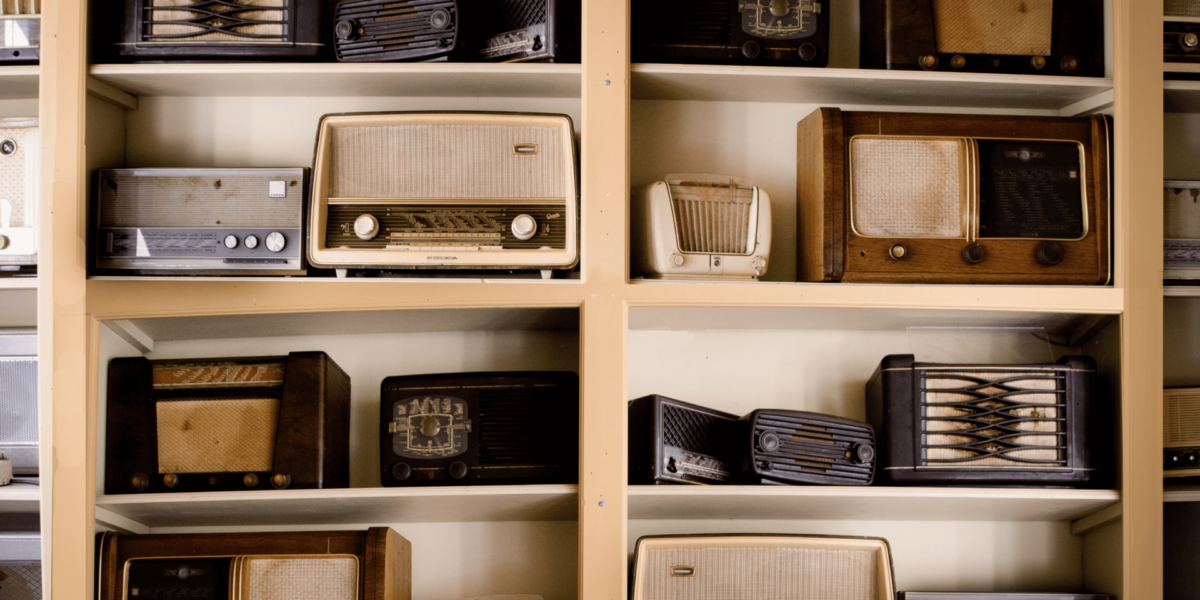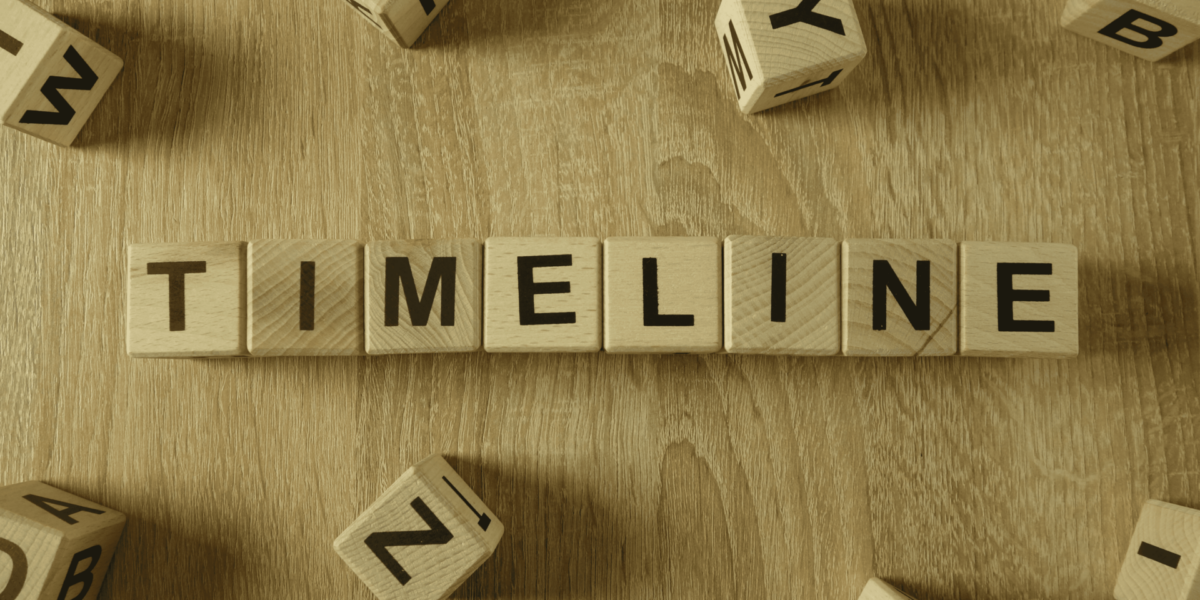Digital Memory Shapes How We Experience Time
The way we store digital information changes how we understand time. Unlike physical memory, digital memory can be duplicated, reshaped, or erased instantly. This flexibility means the past no longer feels distant—it becomes searchable and clickable.
In a digital workspace, a person may revisit archived messages, photos, or files from years ago. But the interface gives no sense of time passing. A five-year-old memory appears beside something from last week. Without context, the timeline blurs. Users begin to view memory as flat data rather than a layered experience.
Static Interrupts the Illusion of Smooth Recall
Digital memory seems perfect until something breaks. A missing file, a corrupted image, or a misaligned audio clip introduces static into the system. This digital noise forces the user to confront the limits of memory.
Imagine opening a video from a past project, only to find the footage skips, distorts, or plays without sound. That disruption isn’t just technical—it’s emotional. It interrupts the belief that digital records are forever. The static reminds the user that memory, even in digital form, can decay.
Interfaces Filter What We Remember
Every platform organizes digital memory in specific ways. Algorithms decide what resurfaces and what fades. This filtering reshapes personal and collective memory. The result is curated recall, not full access.
Someone might log into a photo app expecting to see images from a specific event. Instead, they see an auto-generated “highlight” reel. The platform presents only what its code considers valuable. This editing alters how the user remembers the past, even if the raw data remains intact in storage.
Compression Reduces Memory to Format
To store more, digital systems compress memory. Compression removes detail. It reduces quality in favor of quantity. Over time, this leads to thinner memories—smaller, faster, but less vivid.
A person browsing an old collection of audio files may find them clear enough to recognize, but missing the depth or tone that gave them emotional weight. This loss often goes unnoticed. But when the memory carries meaning, the lack of richness feels real. The technology preserved the surface but dropped the soul.
Data Loss Exposes Digital Fragility
Digital memory can vanish in seconds. One error, one failed backup, one system crash—and years of stored data disappear. This fragility reveals how dependent modern memory is on hardware and code.
In a workplace scenario, a team may lose access to an entire archive due to a corrupted drive. Recovery might take hours, days, or fail completely. That moment shows how memory tied to digital tools is always at risk. The illusion of permanence shatters.
Search Tools Flatten Emotional Context
Digital search works fast but doesn’t understand emotion. When a user searches a keyword, the system returns exact matches. It ignores the weight or meaning behind those moments. This changes how people relate to memory.
Someone might search for a message tied to a turning point in their life. The system finds the message but shows it beside unrelated content. The emotional impact fades. The act of searching becomes a task, not a journey. Memory turns into a list, not a story.
Digital Archives Demand Constant Maintenance
Digital memory isn’t self-sustaining. Files need to be updated, formats must stay compatible, and systems require regular attention. Without maintenance, archives become unreadable.
Picture a museum team digitizing its collection. Ten years later, they discover the file format no longer opens in modern software. Even with the files saved, the memory is locked. This scenario repeats across industries. Digital archives age faster than we expect. Preserving memory means constant upkeep.
Metadata Controls What Memory Means
Digital memory isn’t just the file—it’s the data around the file. Metadata includes time stamps, locations, authorship, and more. These details shape how users understand the content.
A photo may appear simple until the metadata shows it was taken during a specific event. That context transforms the image. But if the metadata is wrong—or missing—the meaning shifts. Memory becomes unstable. Users trust the data, but that data can be edited, removed, or replaced.
Cloud Storage Redefines Ownership
Cloud platforms store digital memory on remote servers. This changes the relationship between user and data. The user no longer owns memory in a physical sense—they access it through permission.
A person may upload thousands of photos to the cloud, only to lose access after a subscription lapses. The memory still exists, but it’s locked behind a login screen. This introduces new terms to memory: account, plan, policy. Ownership becomes conditional, not guaranteed.
Machine Learning Reshapes What Memory Gets Seen
Artificial intelligence now decides what digital memory gets shown. Smart assistants and photo platforms suggest memories based on behavior. These systems choose what feels important. Users don’t control the selection.
In a personal device, a person might receive a “this day years ago” notification. But that memory is algorithmically chosen, not personally requested. Over time, users forget what they haven’t been shown. Machine learning starts to rewrite the memory landscape.
